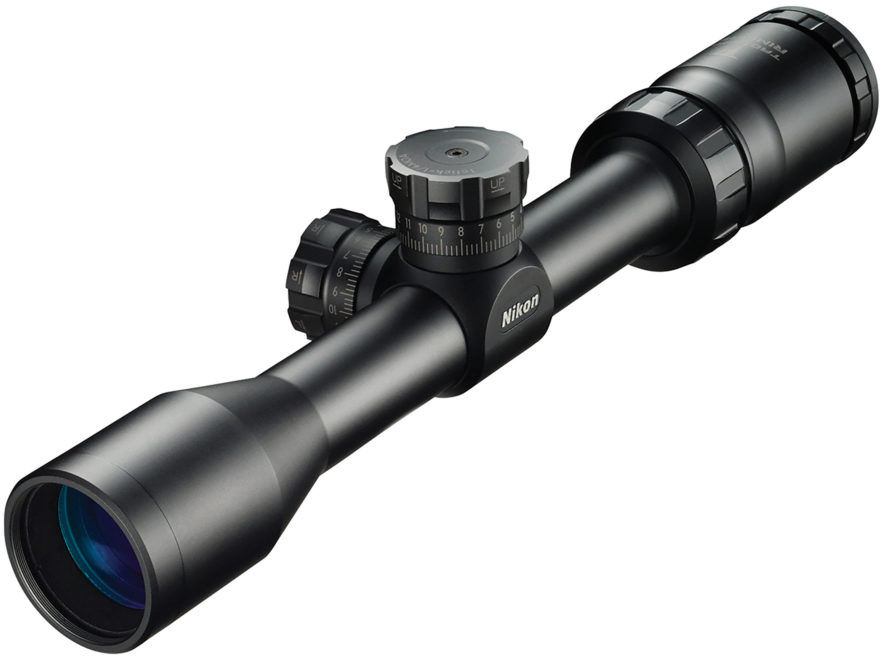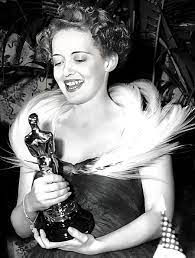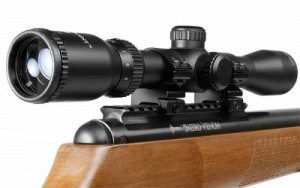Choosing Tips for a Rimfire Scope
- jakobcullen211
- Jul 9, 2019
- 3 min read
Updated: Sep 18, 2019
Choosing a rimfire scope scope truly relies upon your needs. Whether you're a hunter or a target shooter, there are hundreds if not a great many different scopes to browse. The significant activity is perceived what you really need a scope for, and choose as needs are. All things considered, there is an assortment of "right" scopes accessible, so knowing more what you need, not what you think you "need," is the most significant thing.

Scope-Buying Basics
1. Consider the primary reason you shoot your rifle. Is it true that you are hitting targets, chasing, or just keeping the weapon for self-preservation? If you take shots at targets, how far away do you ordinarily shoot from? The primary thing to consider presently is distance - how far do you really need to see to hit your basic targets?
Self-Defense: Unless you're safeguarding an enormous bundle of land, a scope will probably back you off and act as a burden for self-protection.
Target Shooting: Is your range 100 yards, or would you say you are shooting long distances?
Hunting: Think about where you chase and what you chase. Little game hunters in New England won't need zoom above 10x, as thick trees are probably going to make it futile, yet those chasing major game out west may require somewhat further vision.
2. Consider how much magnification you truly need. Whenever sold, scopes accompany two numbers, regularly something like "3-9x40." Scopes accompany a range of magnifications, contingent upon your range. The numbers to one side of the "x" speak to how much greater the target will look than to the unaided eye- - so "3x" will cause the target to seem multiple times as large in the scope. While the accompanying magnifications are rules, they can help you as you begin buying.
3. Choose fixed scopes for cost-adequacy and changeability for more prominent range. Realize that you'll pay more for high-range variable scopes. A variable scope is the one you can change, similar to the 3.5-9x referenced above - you can modify the zoom somewhere in the range of 3.5 occasions typical size to multiple times the ordinary size.
Obviously, the more prominent this range, the more adaptable your genuine scope will be. This, obviously, accompanies a lot higher sticker price. When all is said in done, it is ideal to get a little, increasingly concentrated scope, yet burn through cash on higher development.
4. Consider your standard ecological conditions and check how strong the scope feels. Your scope, at any rate, should be haze confirmation, otherwise, you'll be seriously constrained in your conditions. While this is commonly standard, not all scopes are intended to hold up in outrageous warms, moisture, mugginess. If you chase in an assortment of conditions or live in extraordinary winter/summer situations, spend the additional cash for a top of the line weather-sealing.
5. Peruse the Objective Lens Diameter to decide how much light the focal point lets in. The number after your zoom length is typically the target focal point diameter or the size of the glass at the most distant finish of the scope, and this decides the diameter of the "fundamental cylinder," which is the body of the scope. It is normally 30 millimeters or 1 inch, yet there are other alternatives as well.
6. Search for a higher eye-relief in quality scopes. Eye relief decides how far once more from the scope your head can be to see everything and is essential to help avoid "scope eye," when the backlash of the weapon thumps the scope into your face. The higher the backlash on your weapon, the more valuable a higher eye-relief will be.
7. Realize that parallax redress handle is an element intended to add consistency and normality to your shots. Some little scopes are "without parallax," however you should realize what to do if your scope is most certainly not. On scopes with parallax, your line of sight really move somewhat when you move your head, making short-range checking maddeningly difficult.
A parallax handle assists with "flexible destinations." Basically, it is a handle on the scope helping you dial in distance. For instance, if you're shooting a 200 meter away target, set the flexible goal to 200 yards. Presently, your scope will be aligned to give you the absolute best at this distance.
For major game chasing, the movement of your breath and heartbeat is more prominent than any movement brought about by parallax.
For littler shots and target shooting, parallax is close industry standard
Shared by HuntingPlanners.com
For more information Watch the video...



Comments